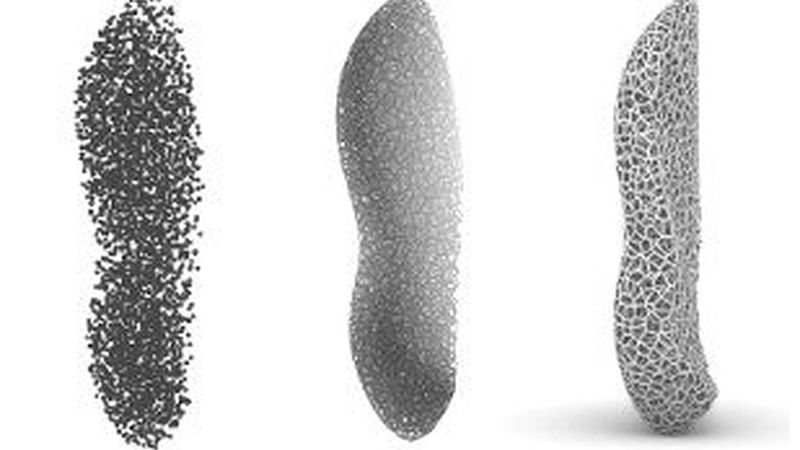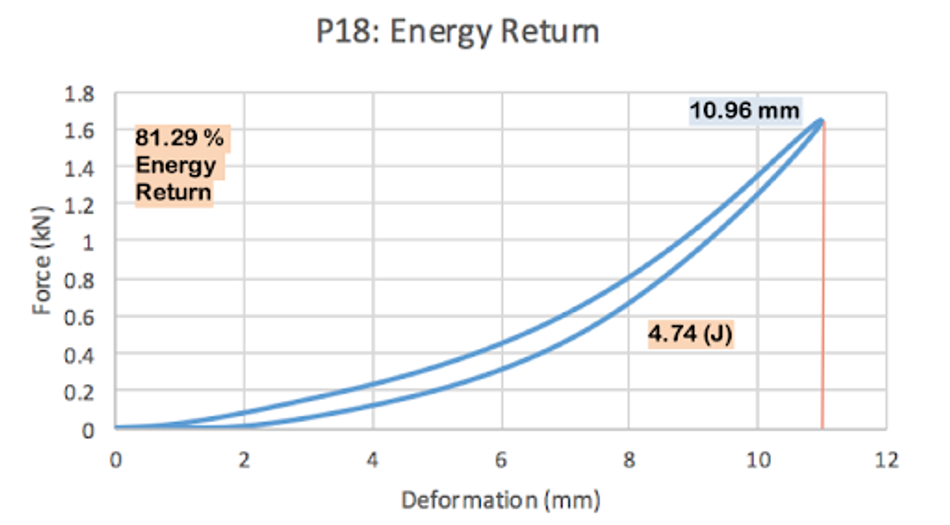Footwear Innovation: Exploring the utility of additive structures in running performance
Could 3D design serve as a new bridge between current standards and a breakthrough in athletic feats?

This article was first published on
ntopology.comDuring the final year at Boston University, a list of projects gathered from research professors and start-up companies is posted for undergraduate engineers to choose their senior capstone project. My two friends and I had found interest outside of that list in the field of printed footwear, specifically within the lack of literature approaching 3D midsoles in the context of running performance. We pitched a rough proposal to the department and Dr. Anna Thorton, professor of additive manufacturing, served as our advisor.
While a simple piece of responsive foam goes a long way, modern developments are pushing the threshold of performance through supplemental components; embedded carbon-plates, airbags, and controversial tensile strands. In essence, the capacity of advancement is expanded with greater fluidity in midsole arrangement. This notion served as the foundation of our project examining, ‘The enhancement of running performance through 3D-printed midsole design’.
With a FormLabs SLA printer and elastic resin granted by the engineering department along with a license to nTopology’s software, Element, our team was able to approach the midsole as an empty frame with infinite design freedom. We printed twenty different lattice models and measured each for their percentage of energy return.
Using the Element version with a rule builder tool, this allowed us to quickly manipulate the features of a unit cell; geometric base, length, thickness, arrangement, and height. The benefits of lattice structures to our study were 1) to provide three times the strength of foams at an equal density and 2) to distribute the energy transferred within each step more evenly and at a slower rate, offering greater stability and lower impact over time.
In reference to the graph above, the energy return is simply the amount of energy retained as the structure, after compressed, returns to its normal shape. This value pays significant dividends when cumulated over an entire marathon and is directly influenced by the behavior of the midsole; hence its obsessive mention by every running shoe company.
nTop Platform, however, provides overarching controllability from precise editing of surface equations and data points to broader manipulation of whole body infills and volume lattices.
While the model above was formed with a random voronoi point distribution, force plate data taken from a runner’s landing can be imported to generate a lattice arrangement that varies the thickness and density in regions of higher load.
There have been impressive examples of lattice integration through the Adidas 4D Futurecraft and the New Balance Triple Cell, yet their purpose is bound within general functionality. Our team’s project had shown promising percentages of energy return, but failed to remain lightweight. Competitive performance in printed footwear requires improved materials and efficient design. For the first, the properties of printed compounds must continue to develop towards those of traditional foams. For the latter, not only does the general structure need to exhibit responsive behavior, but also its arrangement must be systematically organized. With generative design tools, the model’s distribution can be optimized for regions of high demand, reducing weight without sacrificing function. The potential of additive design to outperform conventional foams in the prospect of enhanced running performance surely exists but is yet to be realized.
This article was first published on the nTopology blog.



